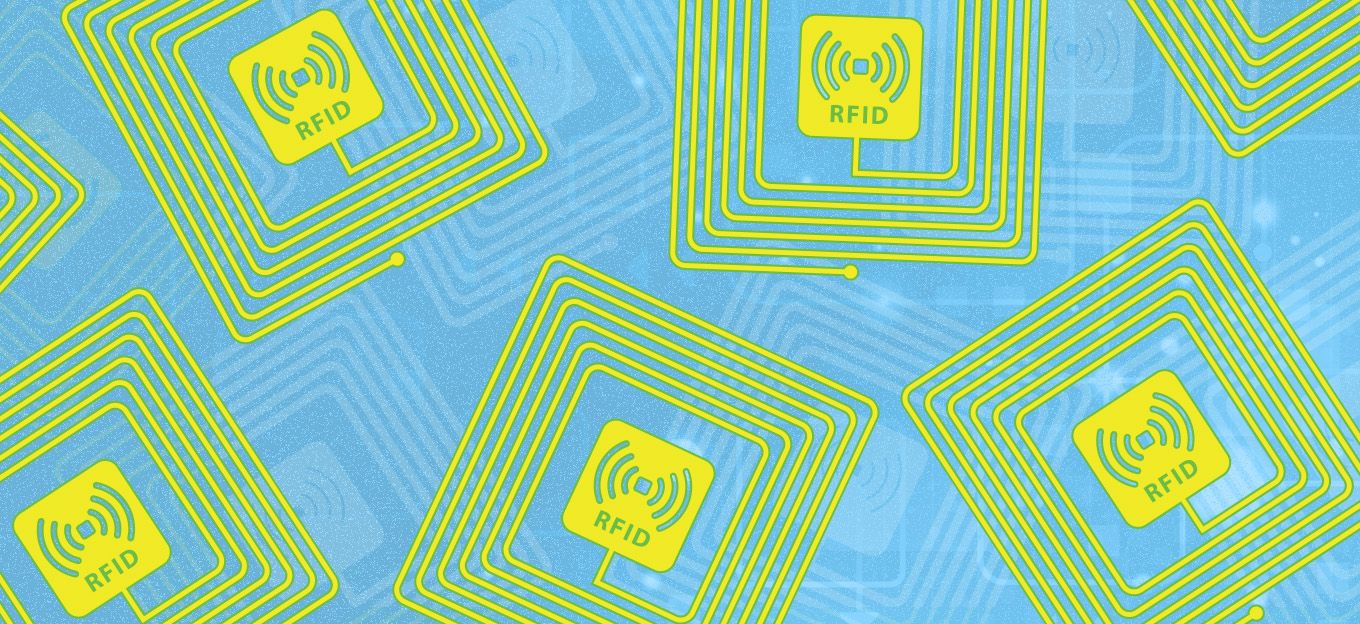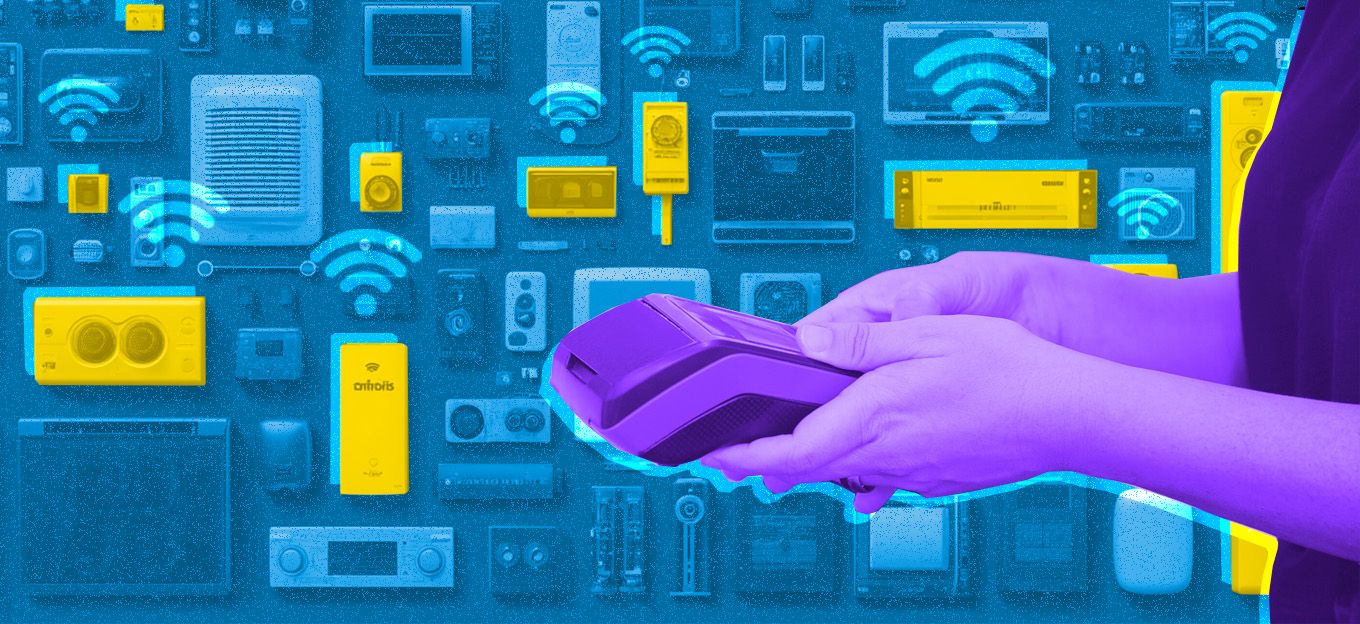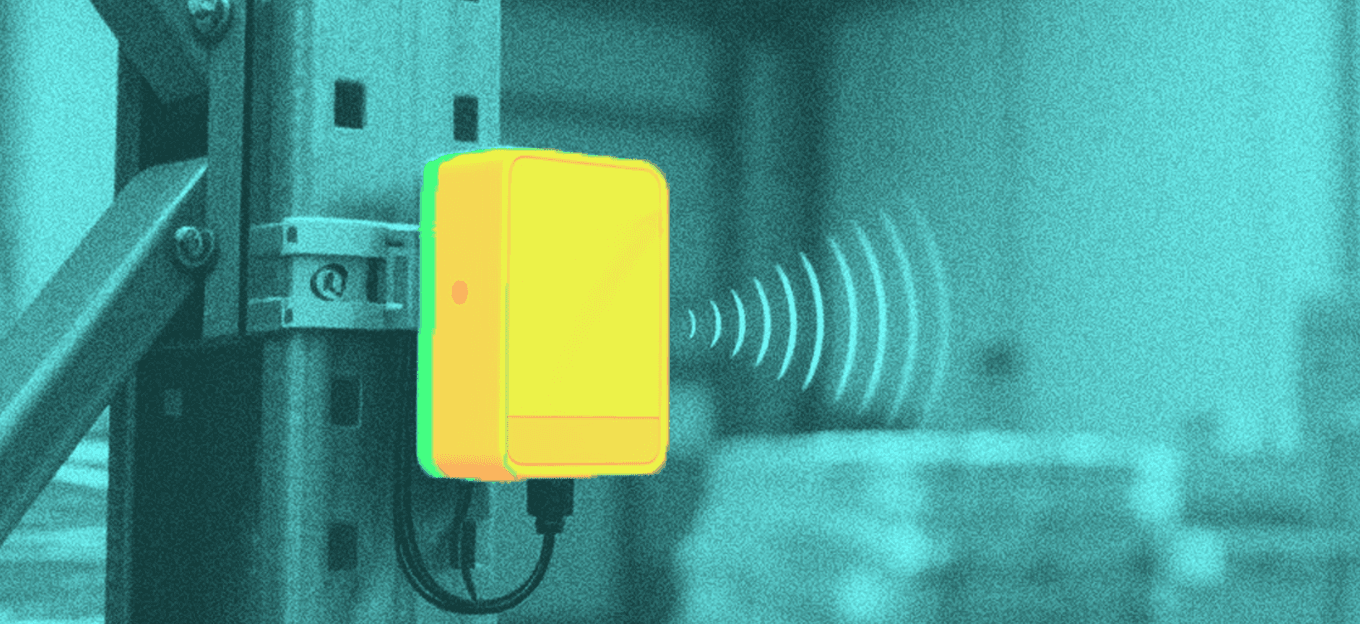Retail is Spearheading the RFID Revolution in 2025
Retail is Spearheading the RFID Revolution in 2025
- Last Updated: July 23, 2025
Abhishek Shukla
- Last Updated: July 23, 2025



Radio-frequency identification (RFID) technology has been a game-changer in the retail industry since the inception of EPC (Electronic Product Code) in the early 2000s. The idea that each trade item in retail should have a digital ID wasn’t new, as we previously had UPC (Universal Product Code) and EAN-13 (European Article Number); however, with EPC, things changed drastically.
With RFID item-level tagging, retailers could not only identify each item but they could now track it throughout the store/warehouse as well, having complete visibility on their inventory.
According to a global survey by Business Research Insights, the retail industry is the largest RFID consumer, with the global RFID Retail market size valued at USD 13.46B in 2024. The retail RFID market is further expected to grow at a CAGR of 8.92 percent (during the period 2024-2033), reaching USD 29.04B by 2033.
The various reasons behind such large-scale RFID implementation in retail include theft prevention, anti-counterfeiting measures, inventory visibility, order fulfillment, and customer experience, among others.
RFID and Retail
Since its initial adoption, RFID implementation in retail has evolved from pilot projects (by retail companies like Wal-Mart, Metro, Target, and Carrefour) to widespread deployment. Retailers have integrated RFID into various operational areas, including receiving, stockroom management, shelf replenishment, and omnichannel fulfillment.
Item-level tagging in retail stores with the help of RFID tags has unlocked more ways to collect various operational data, customer shopping trends, demand and supply, returns and refunds, etc.
The scalability and versatility of RFID technology have enabled retailers to gain actionable insights into consumer behavior, optimize store layouts, and deliver seamless omnichannel experiences.
Given the multifaceted challenges the retail stores face (leaving aside the pandemic woes), whether it is changing customer expectations, fashion trends, or growing e-commerce competition, RFID is the perfect tool pushing retail transformation in 2025.
RFID Implementation in Retail Since the 2000s
In the early 2000s, retail brands such as Walmart and P&G began to adopt RFID for various applications such as inventory management, supply chain visibility, and loss prevention. Walmart implemented RFID as early as 2003, with varying degrees of success in 2004 and later in 2011.
Even in September 2022, it made it mandatory for its suppliers in some specific categories, including home goods, toys, furniture, bedding, electronics, etc., to tag their supplies with RFID tags. The mandate was specifically for its suppliers in the USA, Puerto Rico, and those selling on its official website.
RFID labels allow retailers to track individual items with greater accuracy, leading to improved inventory control and reduced stockouts. The introduction of the EPC (Electronic Product Code) in the 2000s, a joint effort by Sanjay Sarma, David Brock, and Kevin Ashton at MIT Auto-ID Lab, was a pivotal moment in the RFID revolution.
The creation of the EPC provided a cost-effective, standardized approach to RFID implementation, allowing for seamless data interchange across the supply chain. Moreover, the technology enabled retailers to enhance the customer experience through faster checkouts and personalized promotions based on item-level data.
With the help of EPC-enabled RFID tags, retailers experienced significant cost savings and operational efficiencies, having real-time visibility into inventory levels, reducing out-of-stocks and overstocks while improving demand forecasting and replenishment processes.
Retail is Spearheading the RFID Revolution in 2025
In 2025, the retail industry is at the forefront of the RFID revolution, driving innovation and pushing the boundaries of RFID technology. The RAIN RFID specifications, EPCglobal, and ISO RFID standards, among others, have enabled retailers to implement RFID technology with ease.
With the rise of smart stores and autonomous retail, RFID plays a central role in enabling frictionless shopping experiences. Retailers are leveraging RFID to power self-checkout systems, enhance product authentication, and enable dynamic pricing based on real-time demand signals. RFID-enabled smart shelves and inventory drones are revolutionizing inventory management, ensuring accurate stock levels and minimizing manual intervention as well.
The use of RFID technology in smart fitting rooms in retail stores is not only transforming the customer shopping experience. Still, it is also providing the retailers with crucial insights on what items are being tried on, which of them are being purchased, and which of the items in the retail stores need to be removed or replenished to prevent overstocking or stockouts, respectively.
The self-checkout systems like Amazon Go, which use RFID, IoT, Camera vision, and Artificial Intelligence (AI), or the self-checkout kiosks being used by Walmart in its stores, are also catching up fast and transforming the way consumers experience retail shopping.
A 2021 study by a global consultancy firm, Accenture, highlights that RFID adoption in retail is at an all-time high, and nearly 95 percent of retailers surveyed consider RFID a possible solution for their retail woes. “RFID is high on the list with just 5 percent of retailers we surveyed not considering RFID,” and “the majority of retailers (80 percent) said the benefits of RFID cannot be replicated by another technology”, stated the report by Accenture.
Accordingly, supported by the massive need for automation in retail, healthcare, supply chain, and manufacturing which can only be described as outrageous at best, the global RFID market is poised to reach 54.5B USD by 2034 from 16.8B USD in 2024, growing at the CAGR of 12.7 percent between the forecast period as stated by a report by Global Markets Insights.
Finally, retail has been a catalyst for the widespread adoption and advancement of RFID technology. It accounts for the largest market share when it comes to the global RFID market. From its early applications in inventory management to its current role in shaping the future of retail, RFID has proven to be a transformative force in the retail industry.
Consequently, more retailers will leverage RFID to drive operational excellence, elevate customer experiences, and redefine the future of the retail industry.
The Most Comprehensive IoT Newsletter for Enterprises
Showcasing the highest-quality content, resources, news, and insights from the world of the Internet of Things. Subscribe to remain informed and up-to-date.
New Podcast Episode

Moving Past the Pilot Phase in IoT and AI
Related Articles


